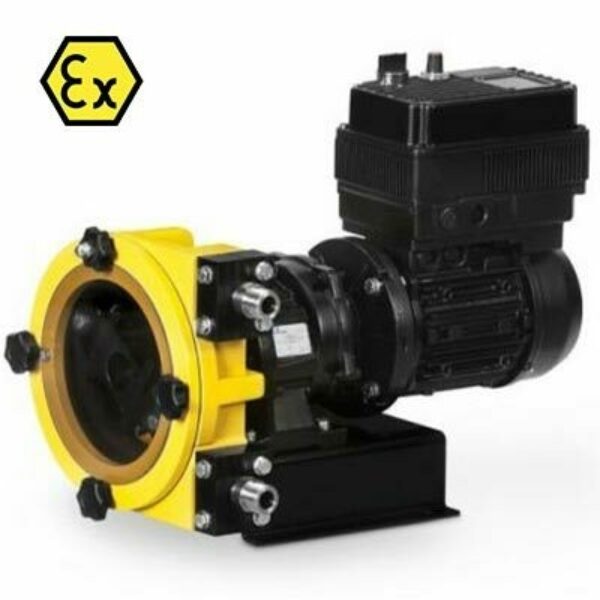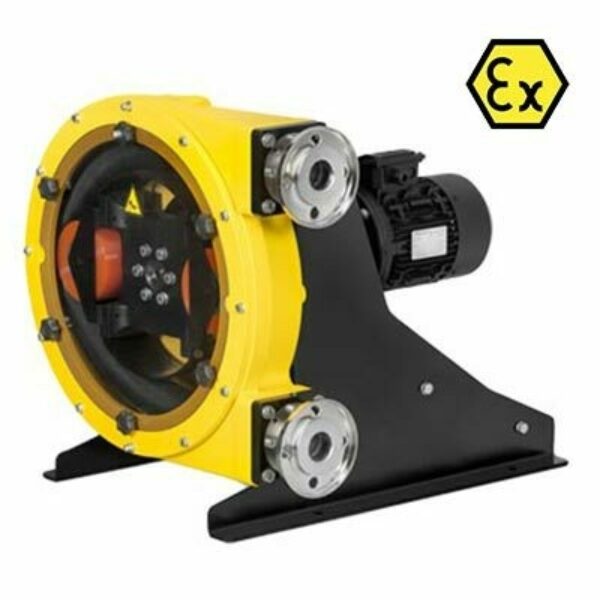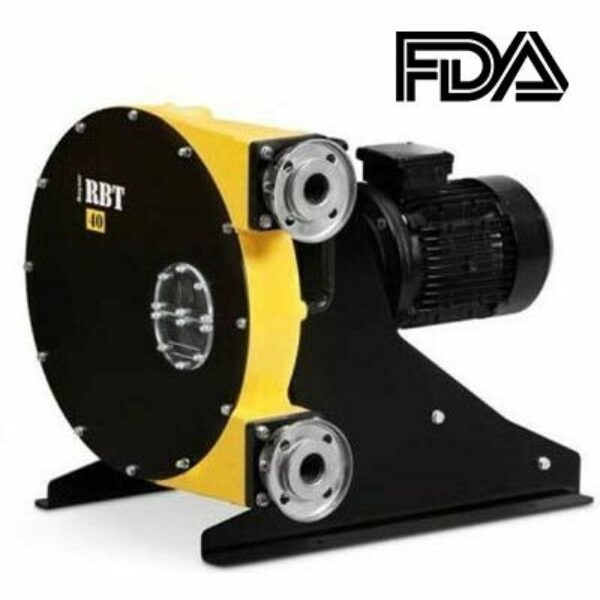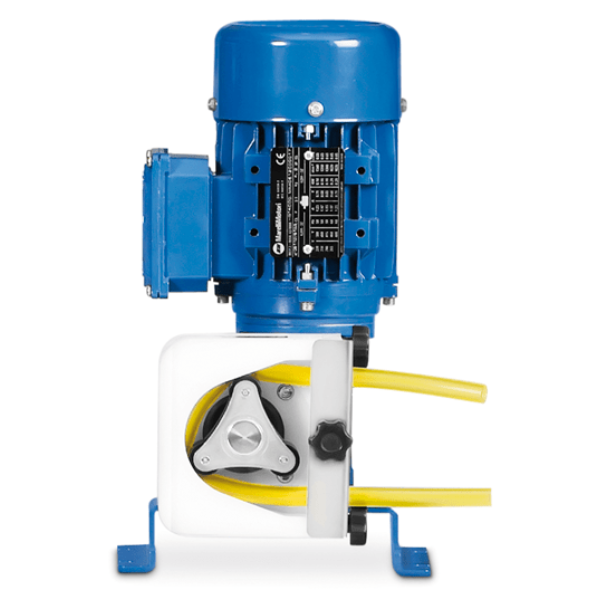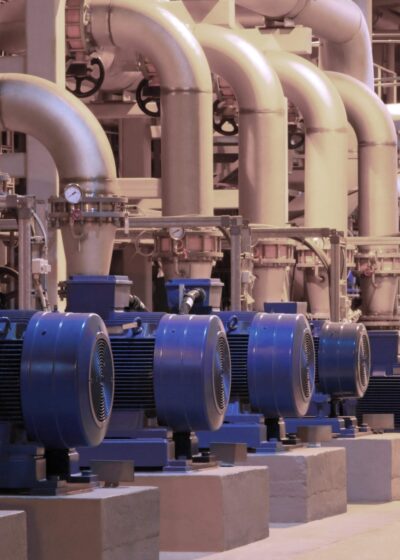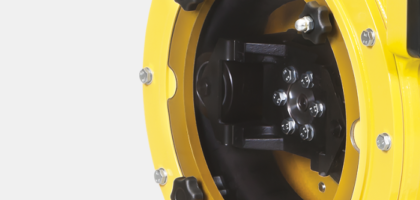
Peristaltic Pumps
Need help specifying the right peristaltic pump? Contact our pump experts today!
23 products
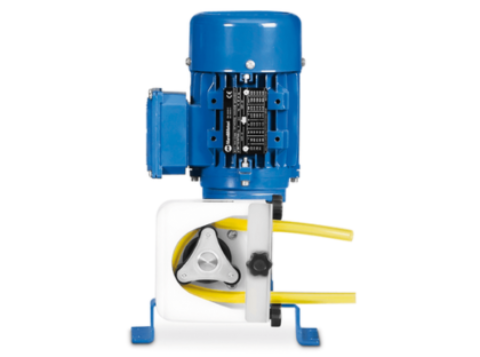
- Max Flow Rate: 1.4lpm
- Max Head: 20M
- Max Temperature: 80ºC
- Max Viscosity: 8000 cP
- Solids: 8mm
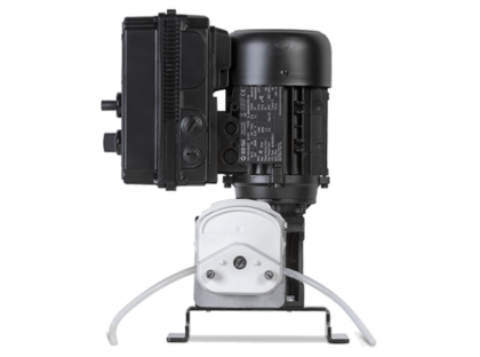
- Max Flow Rate: 0.64lpm
- Max Head: 20M
- Max Temperature: 80ºC
- Max Viscosity: 8000 cP
- Solids: 8mm
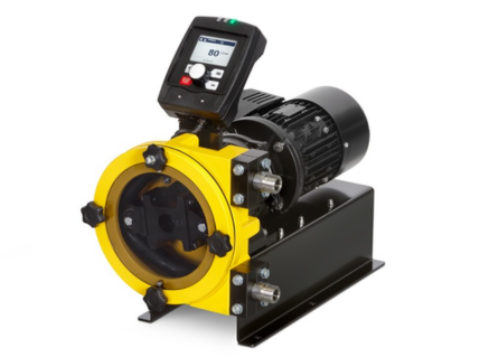
- Max Flow Rate: 6.8lpm
- Max Head: 80M
- Max Temperature: 80ºC
- Max Viscosity: 20000 cP
- Solids: 16mm
- Size: 3/4"
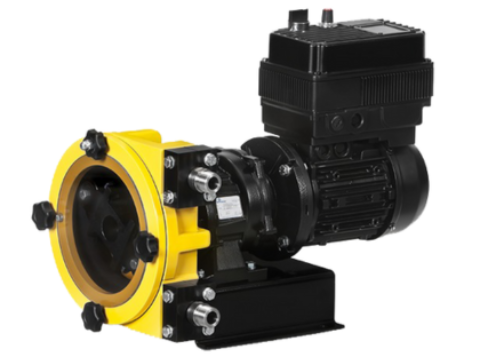
- Max Flow Rate: 2.4lpm
- Max Head: 80M
- Max Temperature: 80ºC
- Max Viscosity: 20000 cP
- Solids: 10mm
- Size: 3/8"
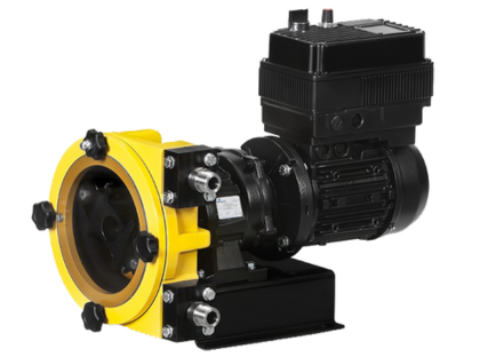
- Max Flow Rate: 3.9lpm
- Max Head: 80M
- Max Temperature: 80ºC
- Max Viscosity: 20000 cP
- Solids: 13mm
- Size: 3/8"
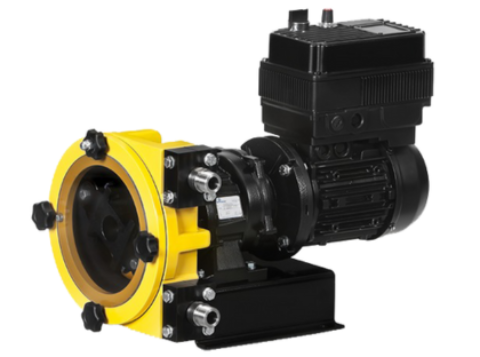
- Max Flow Rate: 9.6lpm
- Max Head: 80M
- Max Temperature: 80ºC
- Max Viscosity: 20000 cP
- Solids: 16mm
- Size: 3/4"
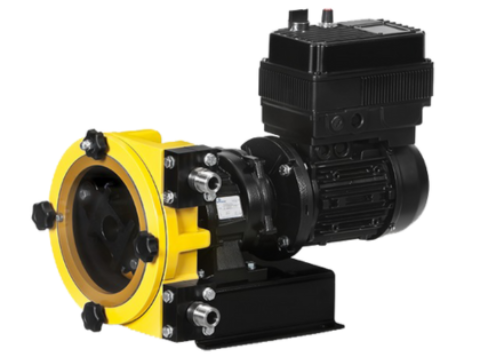
- Max Flow Rate: 12.9lpm
- Max Head: 80M
- Max Temperature: 80ºC
- Max Viscosity: 20000 cP
- Solids: 19mm
- Size: 1"
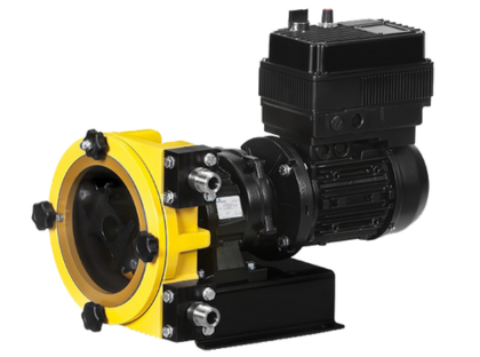
- Max Flow Rate: 20lpm
- Max Head: 80M
- Max Temperature: 80ºC
- Max Viscosity: 20000 cP
- Solids: 22mm
- Size: 1"

- Max Flow Rate: 33.3lpm
- Max Head: 80M
- Max Temperature: 80ºC
- Max Viscosity: 30000 cP
- Solids: 28mm
- Size: 1 1/4"

- Max Flow Rate: 65lpm
- Max Head: 80M
- Max Temperature: 80ºC
- Max Viscosity: 30000 cP
- Solids: 35mm
- Size: 1 1/2"

- Max Flow Rate: 86.7lpm
- Max Head: 80M
- Max Temperature: 80ºC
- Max Viscosity: 30000 cP
- Solids Size: 40mm
- Size: 1 1/2"

- Max Flow Rate: 186.6lpm
- Max Head: 80M
- Max Temperature: 80ºC
- Max Viscosity: 30000 cP
- Solids: 55mm
- Size: 2"
FAQs
Peristaltic pumps are part of the rotary positive displacement pump family. They are made up of just two components; a rotor that has a number of rollers or a "shoe" attached and a flexible internal hose/tube fitted inside a circular pump casing. As the rotor turns, the attached rollers compress the tube where the fluid is contained, and that continuous motion forces the liquid from the pump's inlet to its outlet.
